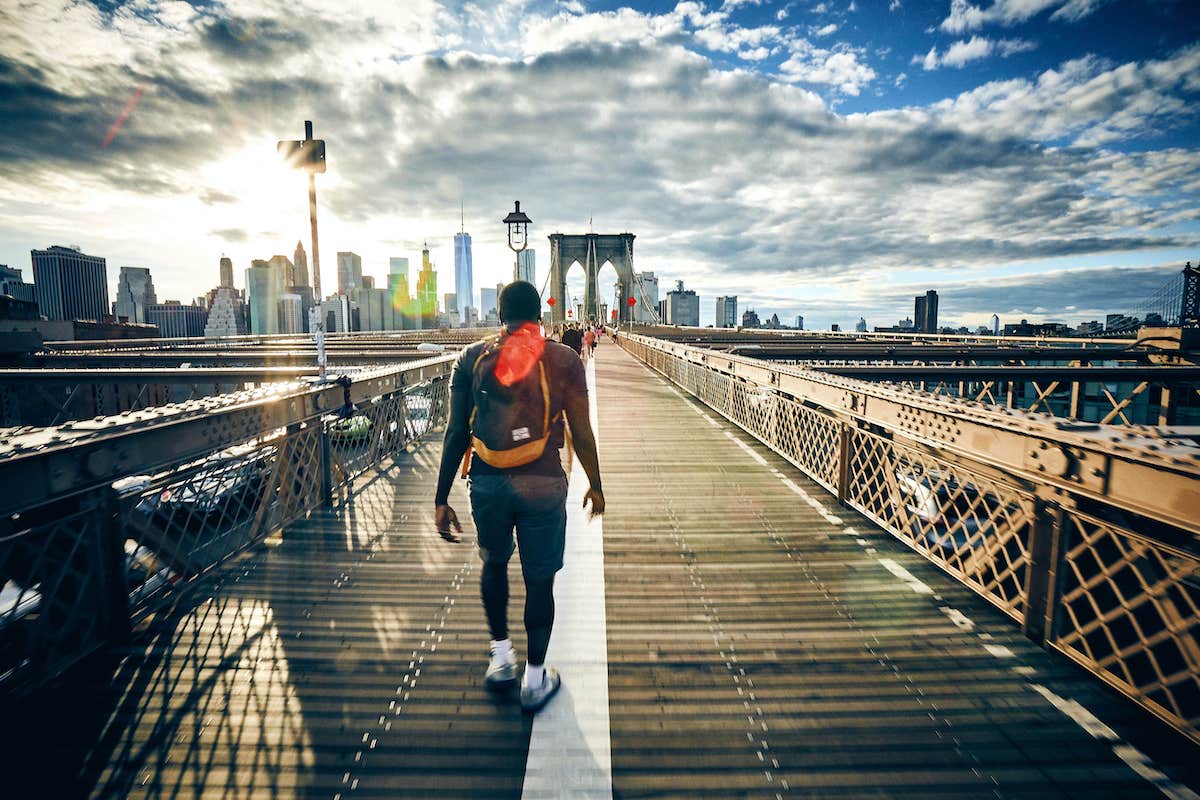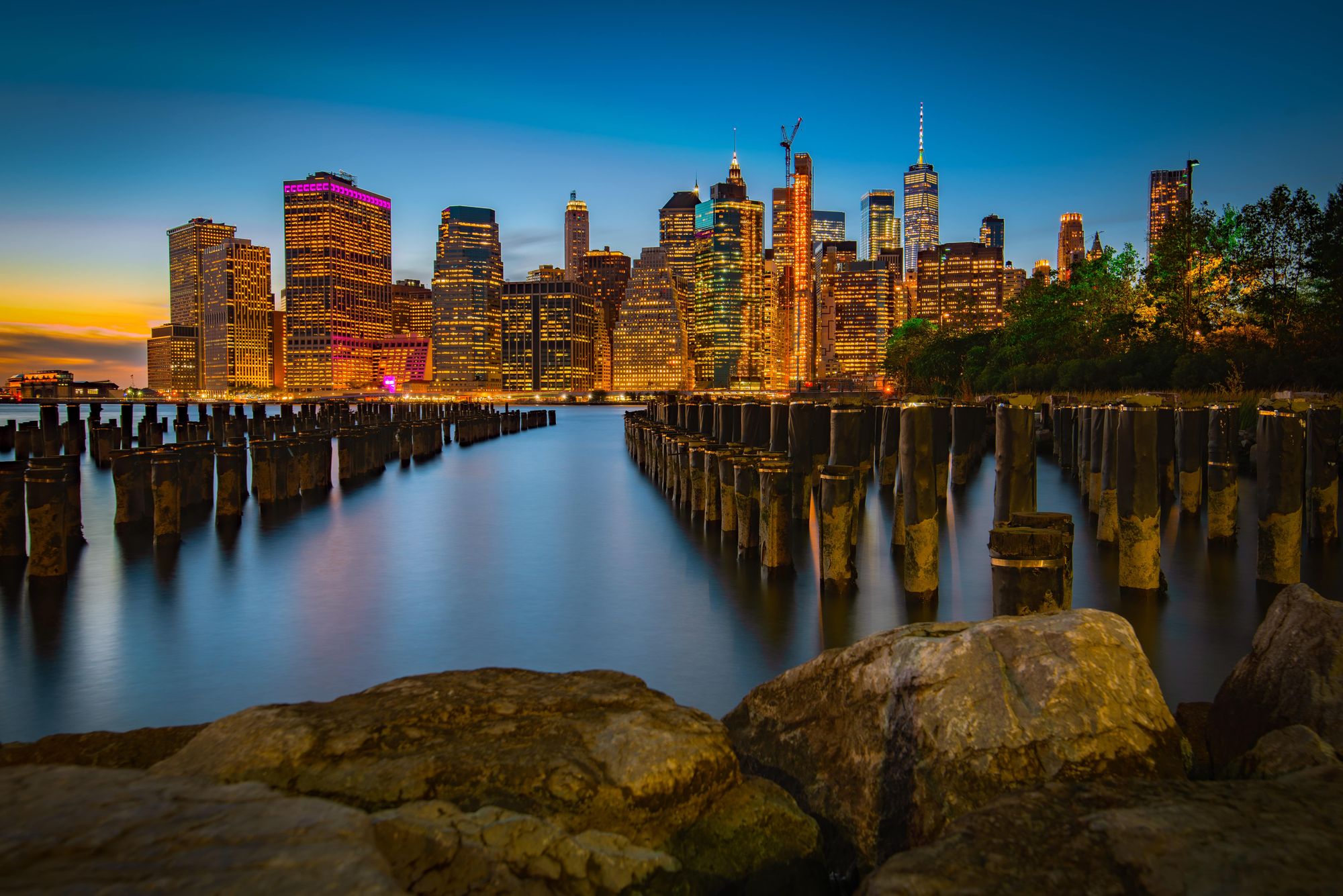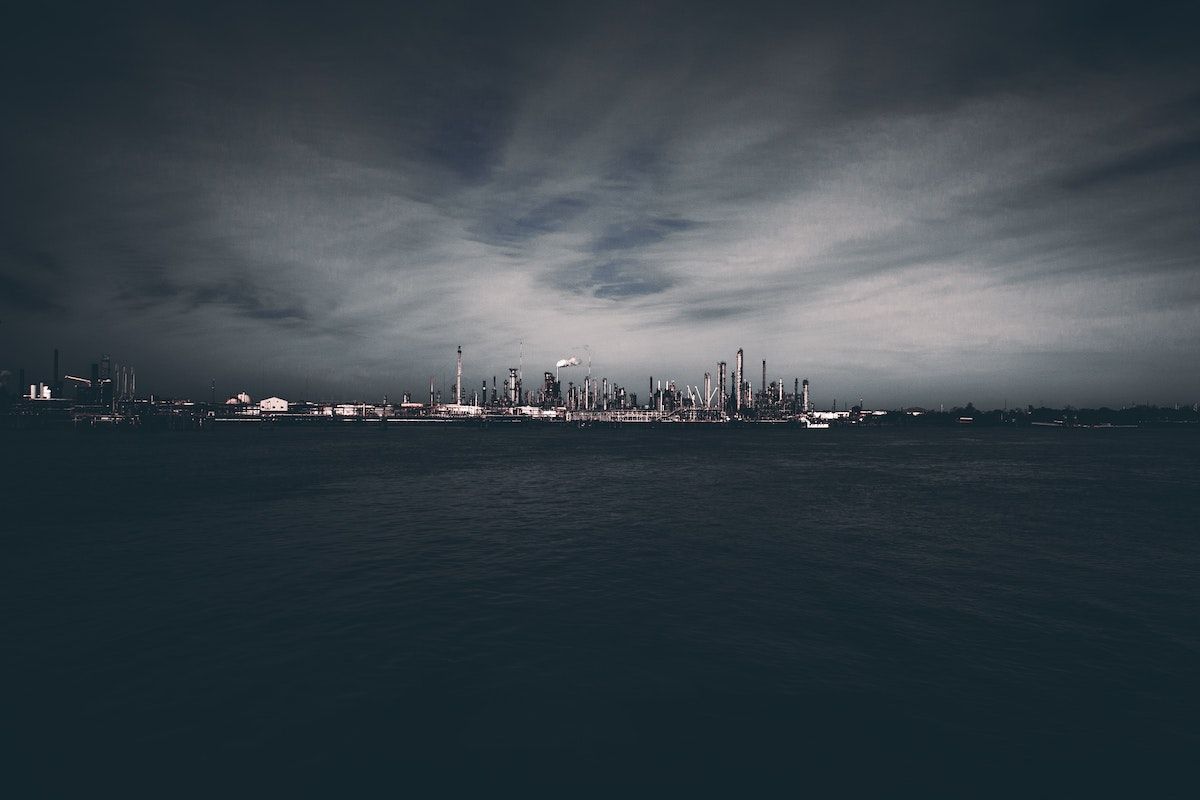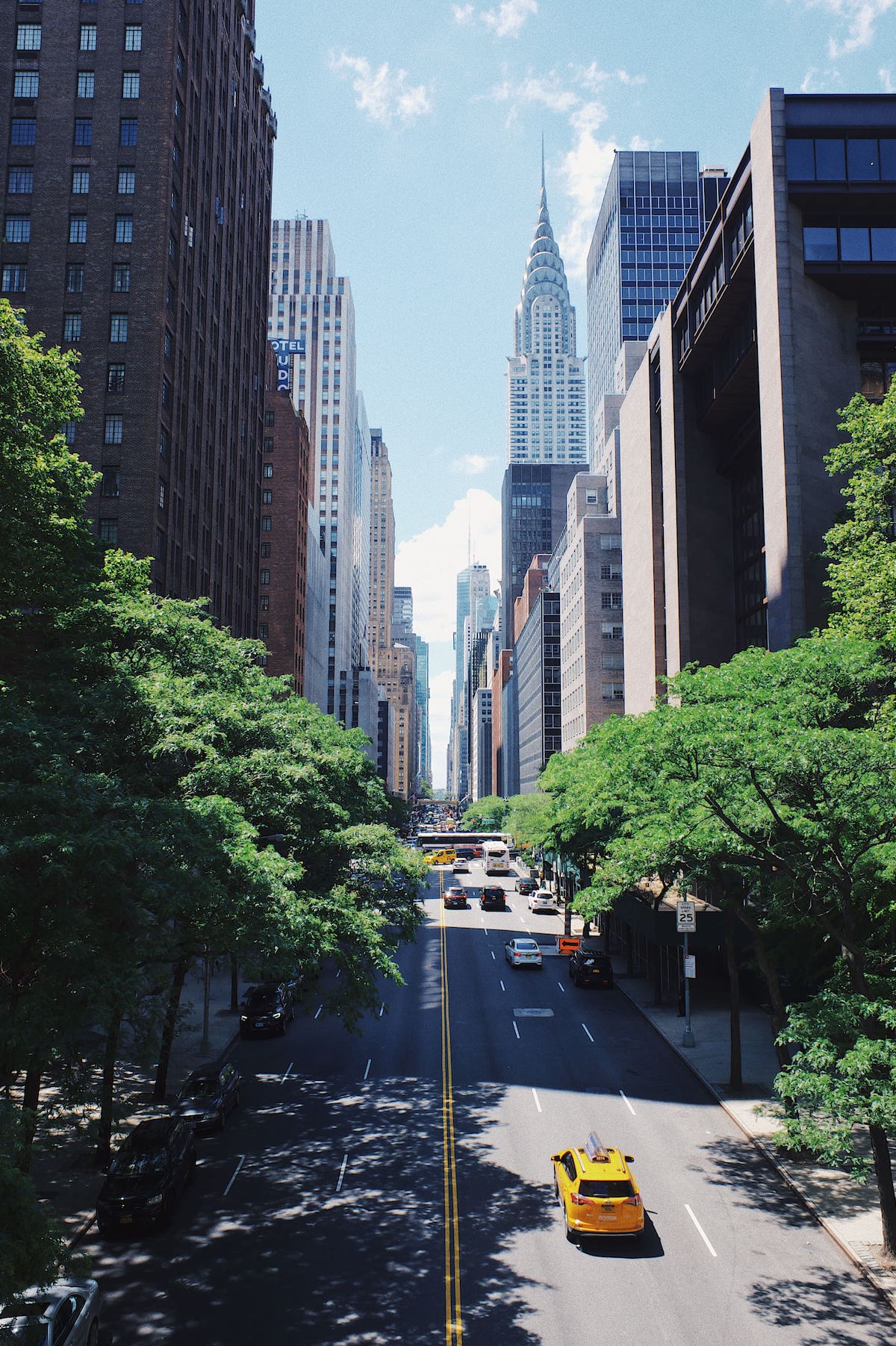2 Ways to Nail Your White Balance & Its Importance in Photography
Rent film gear from local filmmakers.

Rent film gear from local filmmakers.
If you've ever messed around with your camera settings, you've probably noticed the one called white balance.
So what exactly is it? Find out in this article, where we'll also cover different white balance settings and color temperatures!

What is white balance in photography?
White balance, or WB as it might be called in your camera settings, is a feature used to adjust and compensate for different light sources.
Essentially various light sources emit different colors of light that are not always visible to the naked eye.
Some lightbulbs might emit orange or a blue glow making your subject look unnatural. Using the white balance feature correctly allows you to balance out the colors and make it look natural.
White balance effects
When it comes to white balance, different settings cover all the most common situations where you need white balancing. They're all measured in Kelvin, the temperature you measure color in.
- Candle - 1000K
- Sunrise/Sunset - 2000K
- Tungsten Bulb - 3000K
- Morning/Evening sun - 3500K
- Moonlight/Flourescent lamp - 4000K
- Midday Sun/Flash - 5500K
- Cloudy Sky - 6500K
- Outdoor Shade - 7500K
- Clear blue sky - 10000K

What is color temperature in photography?
As mentioned in the last section, the measurement you use for color temperature is Kelvin. But what does that mean?
Color temperature is a physical property of light, concerned with the spectrum of the light rays reflected off surfaces.
The lower/higher the color temperature is, the more intense the color gets. The middle point is considered 5000K, and everything above this will have a colder blueish color. Everything below this will have a warmer, more orange color.
Why is this important to know?
When you do white balancing, you're trying to equal out the colors to get a more neutral color temperature. So if the light emitted is warm, you would apply a cold color to even out the temperature.
2 white balance methods
There are 2 types of white balance methods you can do. The first is in-camera, and the other is in post-processing.

1. In-camera, before taking a shot
The in-camera white balancing happens before you take the shot and is already applied once you've taken the picture.
This is possible on most cameras, which usually come with presets such as the one mentioned in the white balance effects section. You might even be able to set a custom kelvin temperature on your camera.
The upside of this is that you can do it on set and won't have to spend time doing white balance on each individual photograph once you're done shooting. This can save you a ton of time in post-processing.
However, you also have to be wary that the color temperature can change throughout the shoot. This can make your pictures look bad if you're not paying attention to the white balance levels.
Using presets also helpful but only provides an approximate color temperature balance. The result will never be perfect with a preset.
2. Afterward, in post-processing
As mentioned, you can also do it afterward in post-processing.
To do that, you should set your camera on auto white balance mode, so it can take the edge on the color temperature. You can then make the necessary adjustments in your favorite photo editing software.
The downside of this is the time it takes to white balance each photo to achieve the best result. You also have to remember to shoot in RAW because other file types won't get the same white balance results in post.

Why is white balance important in photography?
White balancing is essential because you'll want to capture the right colors in your photography.
Whether you're shooting a sunset or a portrait in the wild, you don't want your results to look unnatural. You want to capture accurate colors!
Consider this, if you're doing product photography for a brand and want to enhance their brand colors, you have to actually capture their colors. You can't have their red color look all orange or their green color look teal.
In general, photographers attempt to capture the reality of what's in front of them. And the best way to do that is by capturing the actual colors you're seeing with your eyes.
Selecting the correct white balance setting
So how exactly do you choose the correct white balance setting?
You're probably worried that you have to do a ton of memorization and math, but that's not necessarily the truth.
You can use the various presets that are in your camera and choose the one that's most fitting for your situation.
You can also use a grey card, where you replace your subject with a grey card to help adjust your white balance and exposure.
You should set your exposure and white balance to auto mode and put the grey card in the same place your subject will be in. By using the neutral grey color, the camera can more easily adjust the settings to ensure the optimal settings for the light.
You should always take at least 3 photos to make sure it's fully adjusted.

Using auto white balance
Auto white balance can be a great time-saver for you or just great if you're not entirely sure about the feature. However, it will require you to balance it manually in post-processing.
Auto white balance analyzes the different colors and lights in the room, but having several light sources or an uncooperative natural light source can mess with the white balance.
As with many other automatic features on your camera, you should not expect perfect results, but it's great if you're unsure how to manually adjust it.
Become a better photographer
That's all you need to know about white balance in photography. I hope you learned a thing or two!
If you want to learn more about photography, consider reading our article on photography 101.
What is white balance in photography?
White balance is a feature that's used to adjust and compensate for different color temperatures.
What does white balance do in photography?
White balance evens out the color temperature to ensure that you capture realistic colors.
What is the best setting for white balance in photography?
It depends on what light source is available to you. If you're unsure, you can always use auto white balance.























